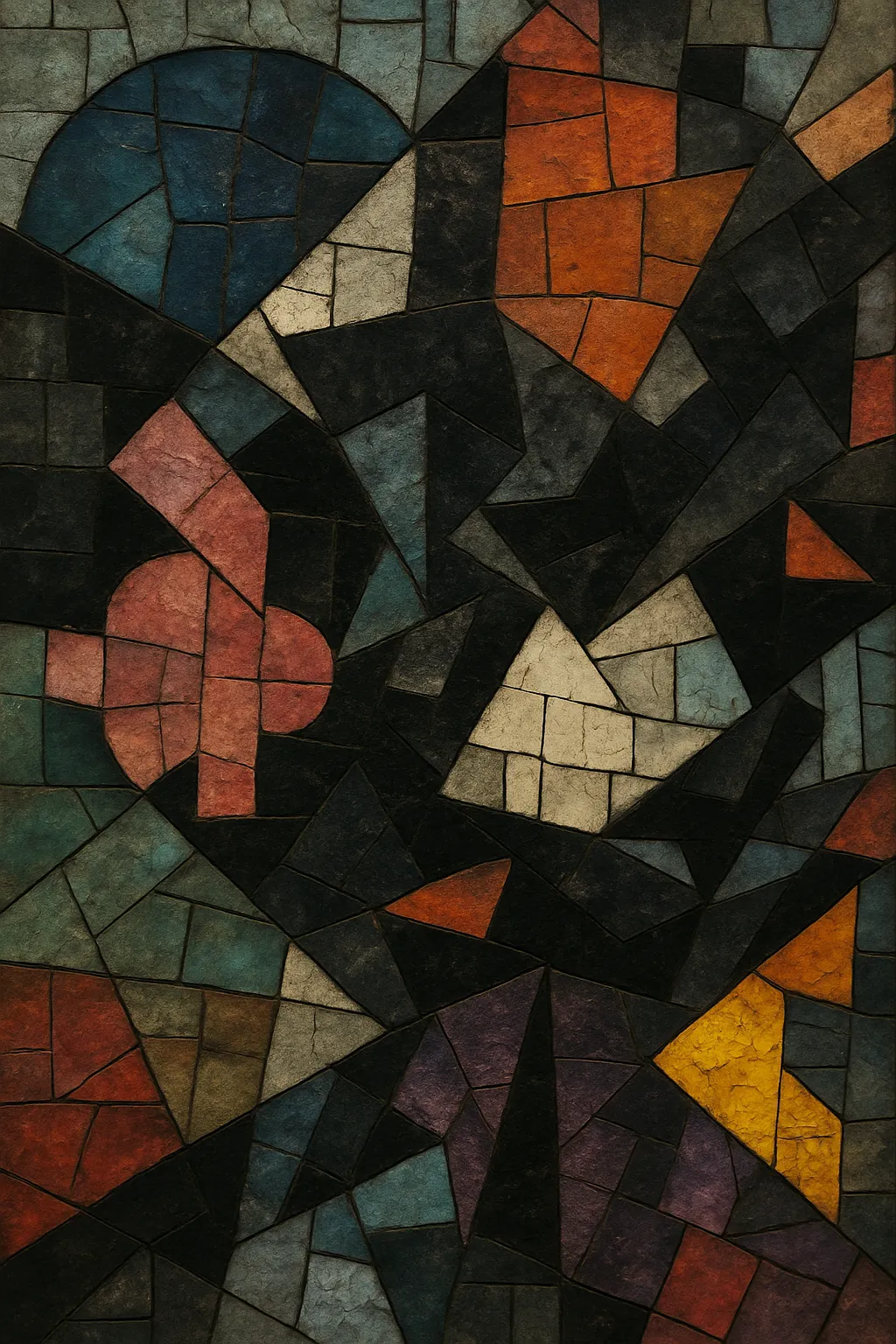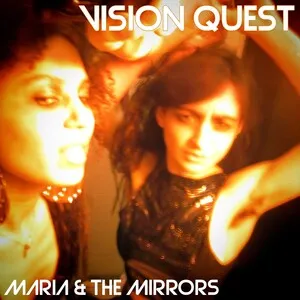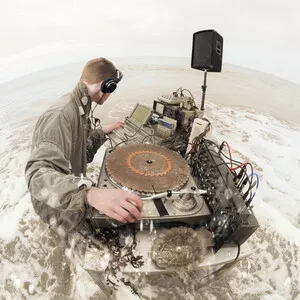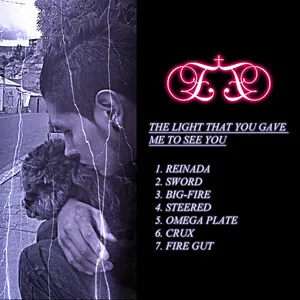Deconstructed club is an experimental approach to dance music that dismantles the usual club structures (steady four-on-the-floor kicks, predictable breakdowns, and genre-pure palettes) and rebuilds them as jagged, collage-like forms. It combines extreme sound design, sudden dynamic shifts, and fragmented rhythms that reference—but refuse to settle into—familiar styles like reggaeton, jersey club, grime, techno, and dancehall.
The aesthetic favors abrasive textures, hyper-detailed edits, and dramatic negative space. Samples are often cut into stuttering shards, drums arrive and vanish mid-bar, and synths lurch from crystalline to corroded. The result is club music that feels physical and cathartic yet conceptually critical, foregrounding ideas of hybridity, diasporic identity, and the politics of the dance floor.
Deconstructed club emerged in the early 2010s from transnational, internet-native club networks centered around parties and collectives in the United States and Europe. Nights like GHE20G0TH1K in New York and crews such as Fade to Mind (US), Janus (Berlin), and later NON Worldwide catalyzed a shared language: cutting across grime, jersey club, reggaeton/dembow, industrial, and noise while rejecting rigid genre codes. Early touchpoints included Arca’s volatile sound design, Total Freedom’s radical, sample-saturated DJ sets, and M.E.S.H. and Rabit’s skeletal, high-contrast percussion.
By the mid-2010s, labels such as PAN, Tri Angle, and later NAAFI and Staycore connected scenes across Mexico City, London, Berlin, and Los Angeles. Artists including Lotic, Elysia Crampton, Chino Amobi, Nkisi, and Aïsha Devi framed the music as both bodily and conceptual—engaging with questions of identity, surveillance, and the politics of club spaces. The music’s vocabulary—whiplash dynamics, ruptured rhythms, and sculptural silence—became widely legible to journalists under umbrella terms like “deconstructed” or “post-club.”
The approach spread through online DJ culture and hybrid live/DJ performances, informing adjacent strands such as hard drum in the UK and shaping the sound design of experimental pop and hyperpop. Latin American and African club scenes (e.g., NAAFI affiliates, diasporic kuduro/gqom-informed producers) re-centered regional rhythms within the fractured frameworks of deconstructed club.
While celebrated for its innovation and critical framing, the term “deconstructed club” has also been debated as an imprecise media label. Many artists resist the tag, emphasizing the music’s multiplicity and its roots in Black, Latinx, and queer club traditions. Nonetheless, the aesthetic reshaped expectations around what “club music” can be: not only a functional tool for dancing, but a space for sonic theory, performance art, and radical collage.



%2C%20Cover%20art.webp)




